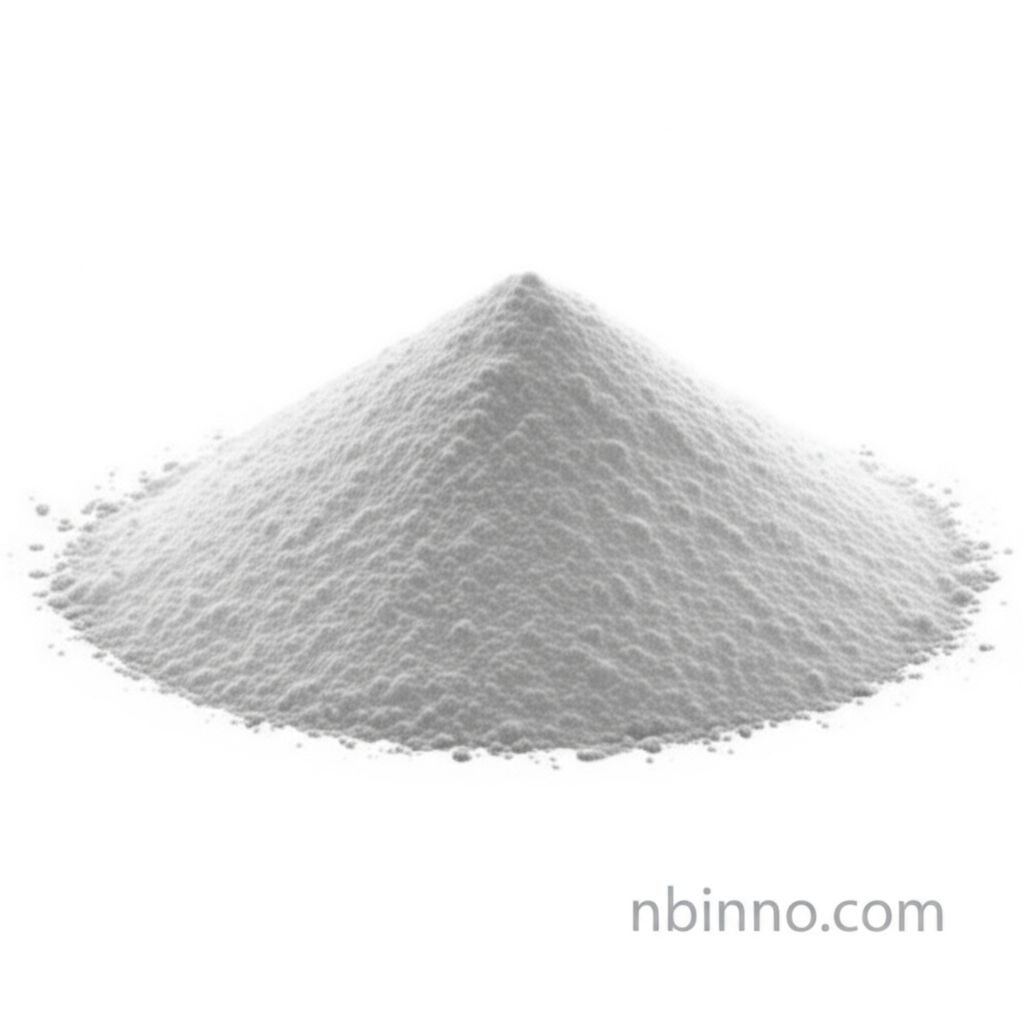Unlock the Potential of Neopentyl Glycol Dibenzoate (CAS 4196-89-8)
Discover the superior performance and diverse applications of this essential dibenzoate ester for your industrial needs.
Get a Quote & SampleProduct Core Value

Neopentyl Glycol Dibenzoate
Neopentyl Glycol Dibenzoate (CAS 4196-89-8) stands out as a highly effective chemical intermediate, particularly valued for its role in UV-curing materials and as a plasticizer. Its unique structure contributes to excellent thermal stability and good solubility in common organic solvents, making it a preferred choice for demanding applications where performance and reliability are paramount. The precise arrangement of its ester groups enhances its compatibility with various polymer systems, leading to improved material properties.
- Understanding the precise neopentyl glycol dibenzoate properties is crucial for optimizing its use in advanced polymer formulations.
- Explore the various neopentyl glycol dibenzoate applications, ranging from coatings to adhesives, highlighting its versatility.
- The neopentyl glycol dibenzoate synthesis pathway is critical for ensuring high purity and consistent quality for industrial use.
- Sourcing reliable neopentyl glycol dibenzoate suppliers is key to maintaining production continuity and product integrity.
Advantages Offered
Enhanced Thermal Stability
Benefit from the superior heat resistance offered by Neopentyl Glycol Dibenzoate, crucial for applications exposed to elevated temperatures. This ensures the longevity and integrity of your final products, a key advantage when considering the chemical intermediate for polymers.
Excellent Solubility Profile
Leverage the excellent solubility of this dibenzoate ester in a wide range of organic solvents, facilitating its easy incorporation into various formulations and manufacturing processes.
Versatile Application Scope
The broad utility of Neopentyl Glycol Dibenzoate in sectors like UV-curing materials and as a plasticizer makes it a valuable asset for product development, demonstrating its significant contribution to chemical ester properties and uses.
Key Applications
UV-Curing Materials
As a key component in UV-curable formulations, it contributes to rapid curing times and enhanced physical properties, essential for high-throughput manufacturing processes.
Plasticizers
Its plasticizing capabilities improve the flexibility and processability of polymers, making it a valuable additive in the plastics industry.
Chemical Synthesis
It serves as a vital intermediate in the synthesis of other complex organic molecules, underscoring its importance in specialty chemical synthesis.
Coatings and Adhesives
Enhances the performance characteristics of coatings and adhesives, providing improved durability and adhesion.
